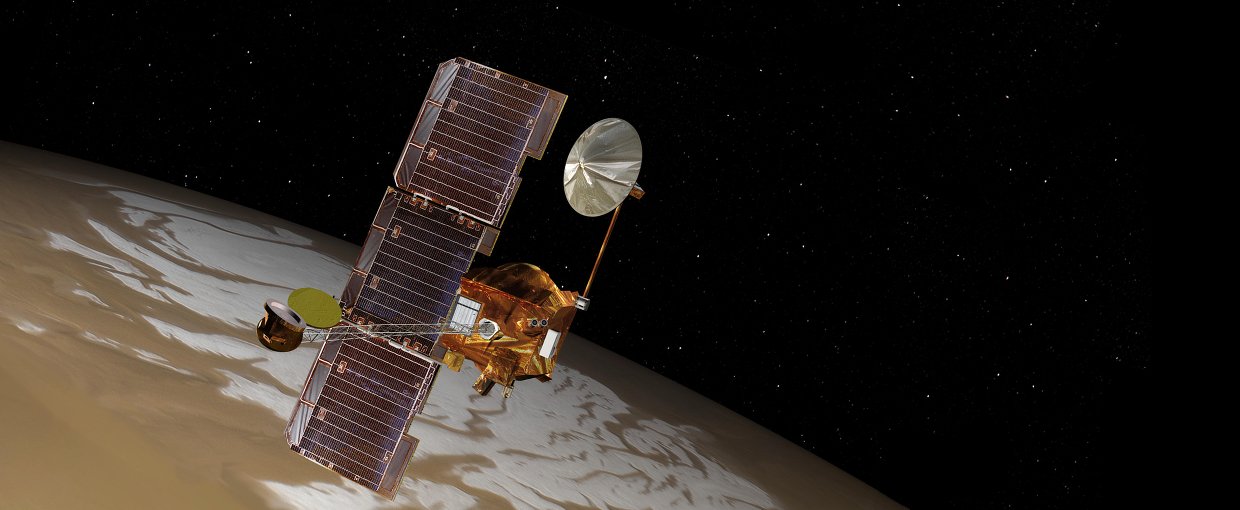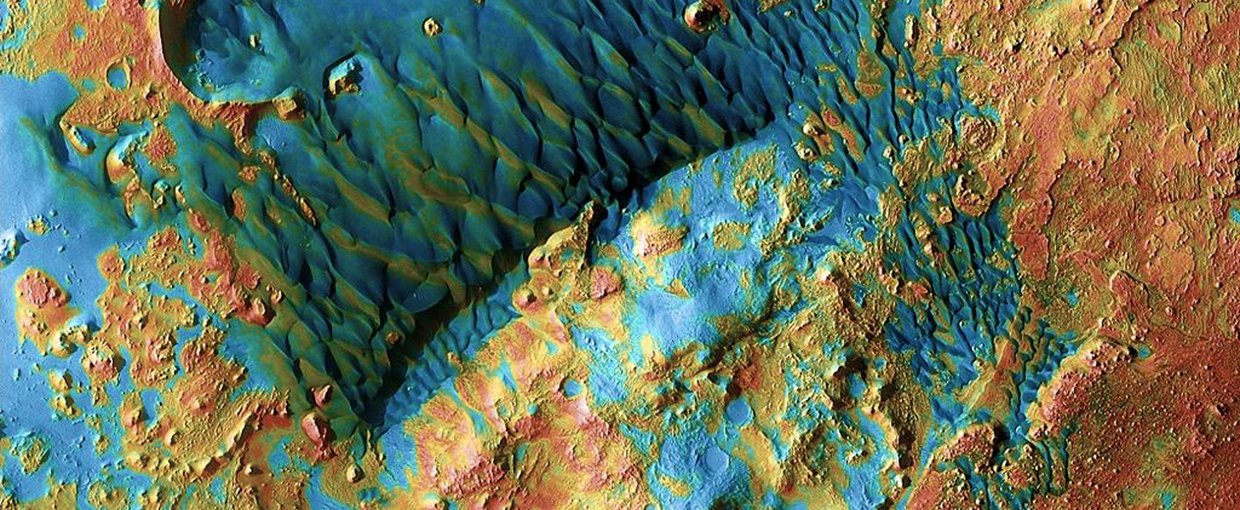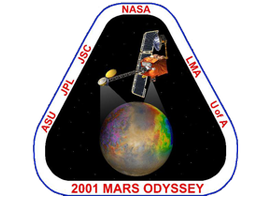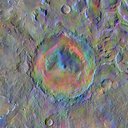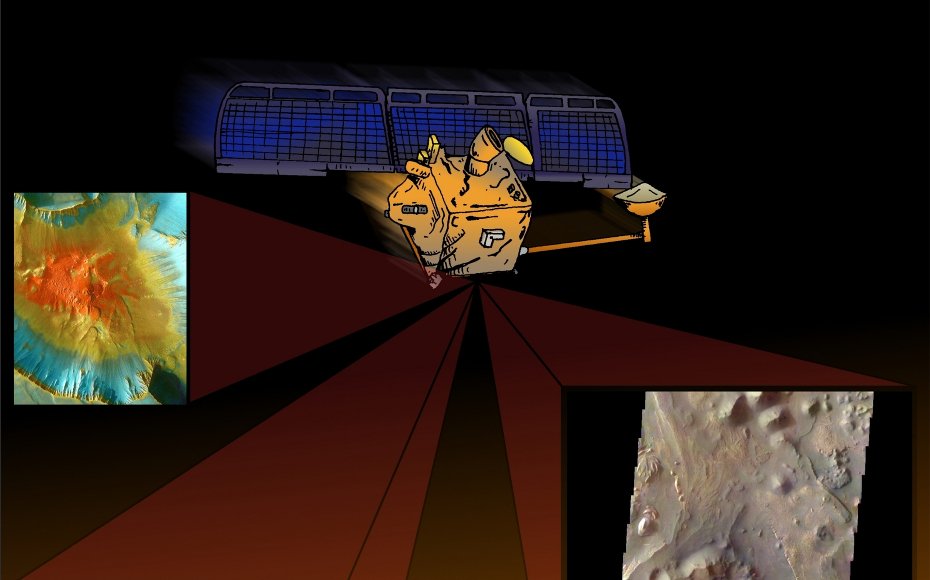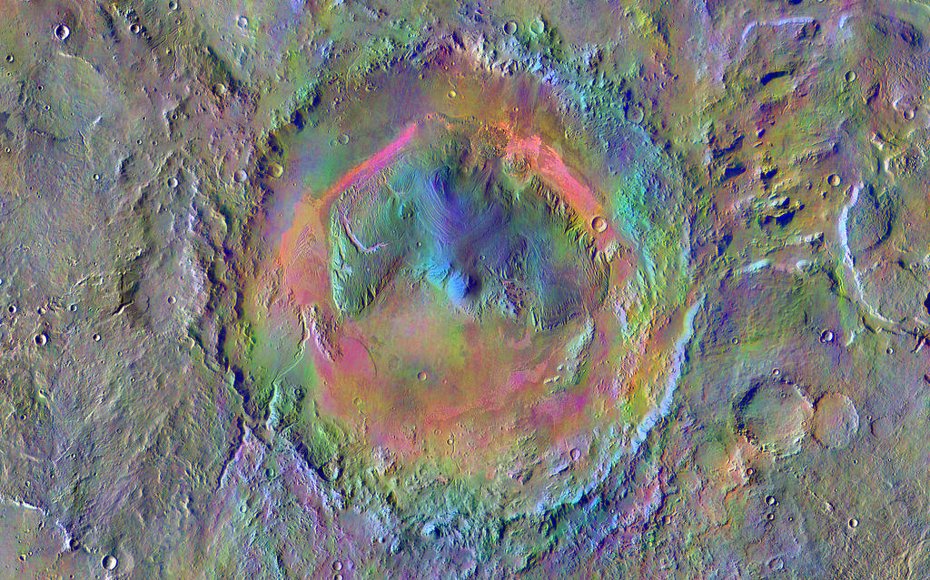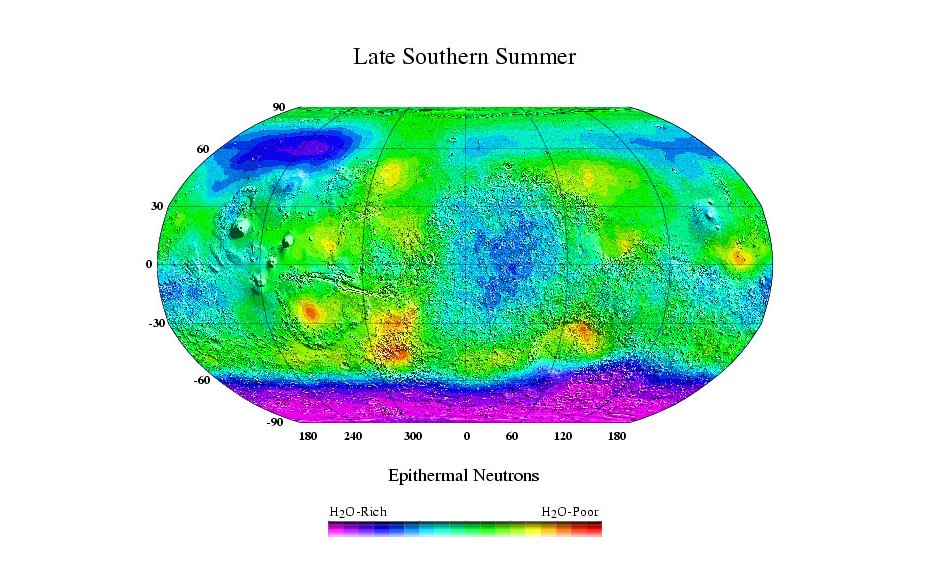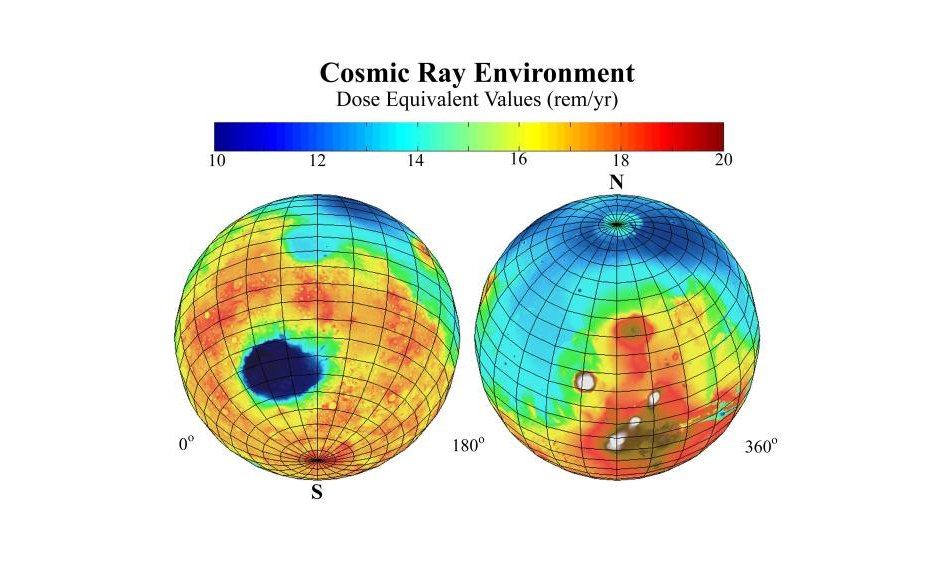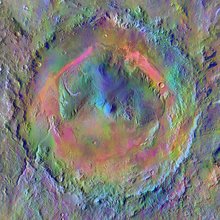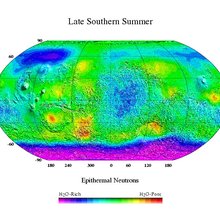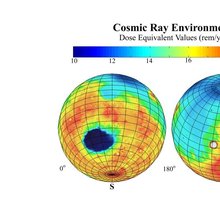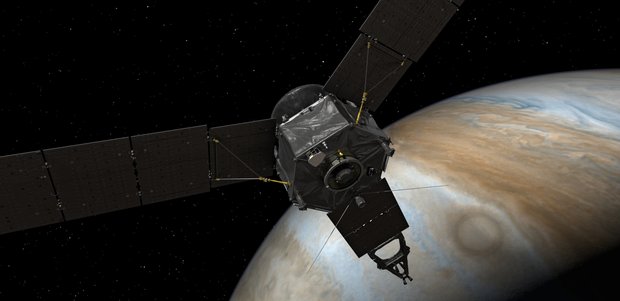- Launch Date April 06, 2001
- Arrival Date October 23, 2001
- Mission TypeOrbiter
- TargetMars
Mission Overview
NASA’s Mars Odyssey orbiter arrived at Mars in 2001 to detect water and shallow buried ice on Mars and to study the planet’s radiation environment. Odyssey is part of the Mars Exploration Program’s long-term effort of robotic exploration of the red planet
Relevance to Astrobiology
Odyssey has provided global maps of chemical elements and minerals that make up the martian surface. Maps of hydrogen distribution led to the discovery of vast amounts of water ice buried just beneath the surface of Mars’ polar regions.
Mars Odyssey also acts as a relay for communications between other NASA missions at Mars relevant to astrobiology, including the rovers Opportunity and Curiosity.
NASA Astrobiology Involvement
Astrobiologists supported by the Astrobiology Program were directly involved in the development of the Thermal Emission Imaging System (THEMIS) instrument onboard Mars Odyssey. Visible and infrared observations by THEMIS are used to identify the distribution of minerals on Mars, allowing astrobiologists to study how the mineralogy of the planet relates to the landforms.
Astrobiologists also use data from Mars Odyssey to study the geochemical makeup of Mars. This information is useful for studying the evolution of Mars’ environment, identifying locations that may have been habitable for life in the past, and finding astrobiology-relevant landing sites for future Mars missions.
The Astrobiologists
NAI Arizona State University Team member Phil Christensen is the PI of the THEMIS instrument on this mission. Research by Christensen, Jack Farmer, Mikhail Zolotov and others into geochemical scenarios accounting for observed Mars mineralogy aids in interpreting data from this and other Mars missions.

